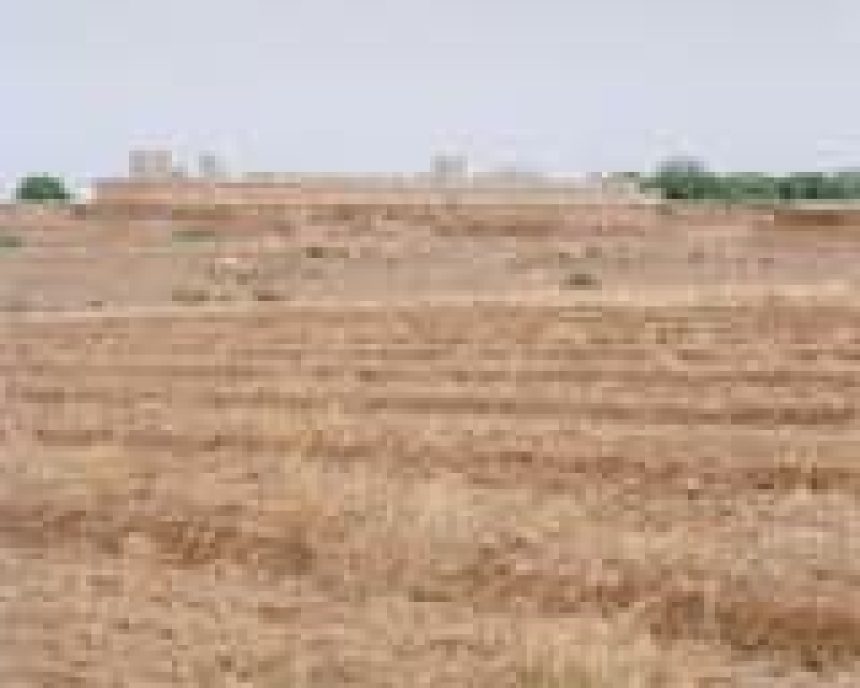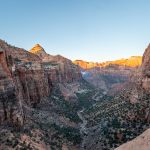Houses We Love: Every day we feature a remarkable space submitted by our community of architects, designers, builders, and homeowners. Have one to share? Post it here.
Project Details:
Location: Al Haouz, Morocco
Architect: Leopold Banchini Architects / @leopoldbanchini
Local Architect: Sana Nabaha
Footprint: 1,238 square feet
Photographer: Rory Gardiner / @arorygardiner
From the Architect: “Two vital infrastructures cross this desert plot in the plain of Haouz. The first one, a mesref, is a small agricultural water channel filled a few times per year by a complex network of canals. The second, a khetara, is an underground drainage gallery built by the Almoravid 1,000 years ago to bring water to Marrakesh from distant groundwater. Although mostly invisible, water is an important part of this dry landscape. Humans have domesticated this area for thousands of years, irrigating and dividing the fields with endless rammed earth walls.
“Dar El Farina is a linear rural house following the two lines of the mesref and the khetara. The house divides the land into two radically different landscapes. On one side the desert land is kept untouched; on the other side a lush green garden of indigenous plants thanks to the ancestral water systems. The off-grid house uses the sun, the soil, and the water available on-site to be fully self-sustainable.
“The two parallel rammed earth walls defining the domestic space host a succession of rooms, patios, and water basins. The harsh sunlight enters the spaces through defined openings and skylights in the ceiling. Large pivot doors can divide or connect the spaces and blur the boundary between interiors and exteriors. The structure redefines the ancestral and introverted patio house typology.
“While the walls and floors are simply made of compressed soil, the openings in the ceiling are lined with colorful zellige tiles produced in a neighboring village. Traditional glazing tints the sun rays entering the house before they bounce on the water. The thick mud walls, controlled sunlight, water features, and vegetation create a cool microclimate, a shaded shelter in the desert.”





















